Are you new to firearms? Are you looking to improve your accuracy at the range? If so, then you need to start practicing dry fire. Dry-fire is a fantastic way to build muscle memory and improve shooting skills without expending ammunition. In this post, we'll discuss the basics of dry-fire practice and show you how to get started. So put down that ammo box and keep reading!
Table Of Contents
What is dry fire?
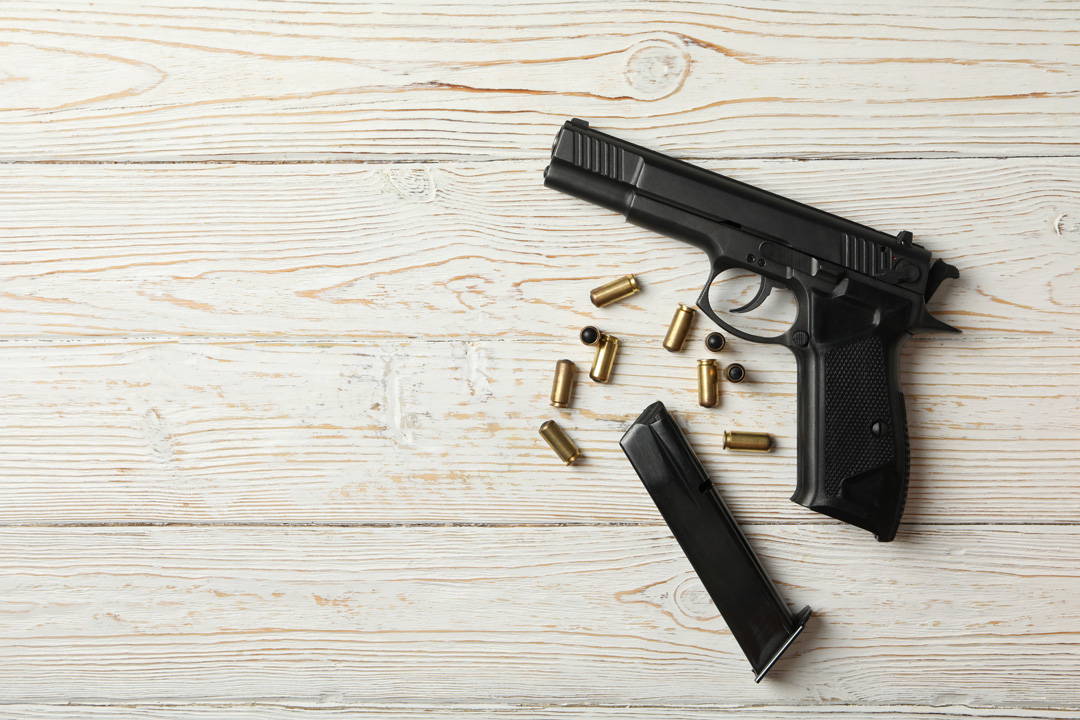
Dry fire is an easy, safe and free way to improve your skills with firearms. It allows you the opportunity for self-improvement without any risk or expense involved in ammo purchases.
Dry fire is an essential part of weapon maintenance. It's the act of simulating a live-fire situation without actually shooting anything. It can help you troubleshoot any problems with your firearm or improve its performance in different environments where there might not be enough room for everything else, but guns are allowed!
Sighting in on the fundamentals of firing a handgun is a challenging task. You need a good sight picture, and then you must keep it until your finger releases from pressing down for that perfect shot! Dry fire training systems can help you in this situation. With these two elements needed when practicing: the first is learning how to posture yourself correctly while maintaining good form by using our hands as natural extensions from what we see around us through sights; next comes practicing pulling triggers without actually shooting live rounds, so there's not very much reaction time involved at all - which makes this type easier than ever before because now even those who've never fired their weapon can learn quickly due its use.
THINGS TO CONSIDER before getting a dry fire training system?
We all know that an accurate shot starts with a precise trigger press. But what many people don't realize, or maybe aren't willing to put in time for themselves and their shooting hobbies like I am (and this includes you!), is how easily fixable these problems can be if we take care
of them before they get out-of-reach! A poor grip may only contribute slightly towards our primary components: sight picture/shot fired accuracy. Still, it makes things easier on yourself by making corrections less difficult when needed because instead, one must focus solely on correcting any errors caused by improper powders.
Here are a few things to consider if you want to improve your accuracy or become more comfortable with the weapon without having any real-life consequences.
- Cost:
Dry fire might initially cost more, but the live fire has always cost a lot and doesn't seems to be getting any better.
- Goals:
Dry fire systems allow you to do things your gun cannot do, like accurate shooting. You must ask yourself what exactly you are looking for to find the right system you'll be satisfied with; most of these dry-fire modes will benefit some people more than others, depending on their needs and preferences.
Are you having fun reading with Dinosaurized? Here's a little gift for better shopping experience~
Enter this 15% Discount code: "GundiscussionD15" at Checkout now~
How To Dry Fire Safely And Efficiently
There are better times to slack on your safety habits than Dry firing. Even though you are training without ammunition, make sure that everything about handling a gun safely comes back into focus
1. Always see every firearm as they are loaded
2. Don't ever let the muzzle cover anything which is not in your intention to destroy
3. Keep your fingers away from the trigger until you know the target is well-sighted
4. Be sure of your target and what is beyond it

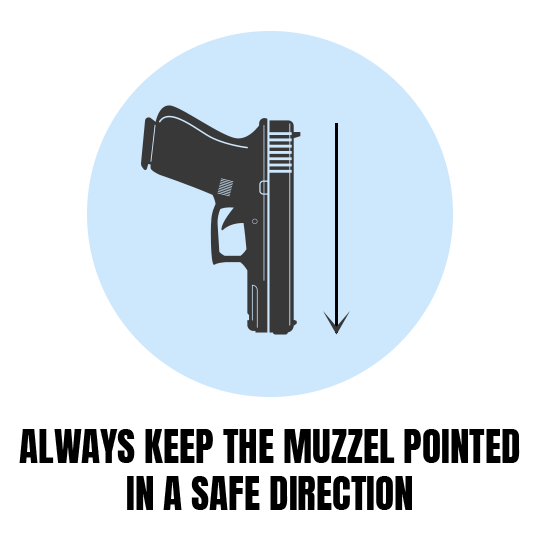


When handling a firearm, it is important always to ensure that the weapon has been unloaded by removing the magazine and visually inspecting any shells in bursts or clouds of smoke from firing.
And even if they are unloaded, pointing your weapon at another person is never safe and can result in an accident. Always ensure that you have control of the firearm before firing off rounds, even when dry-firing!
The next time you go out to shoot, don't just aimlessly point your weapon at anything that moves. Have a target, and practice from the very basics to the advances of firing your weapon. Maintain solid control of the gun and stress perfection!
We all know the importance of training but rarely get quality work. The goal here isn't about volume or quantity--it's about getting good reps with each repetition!
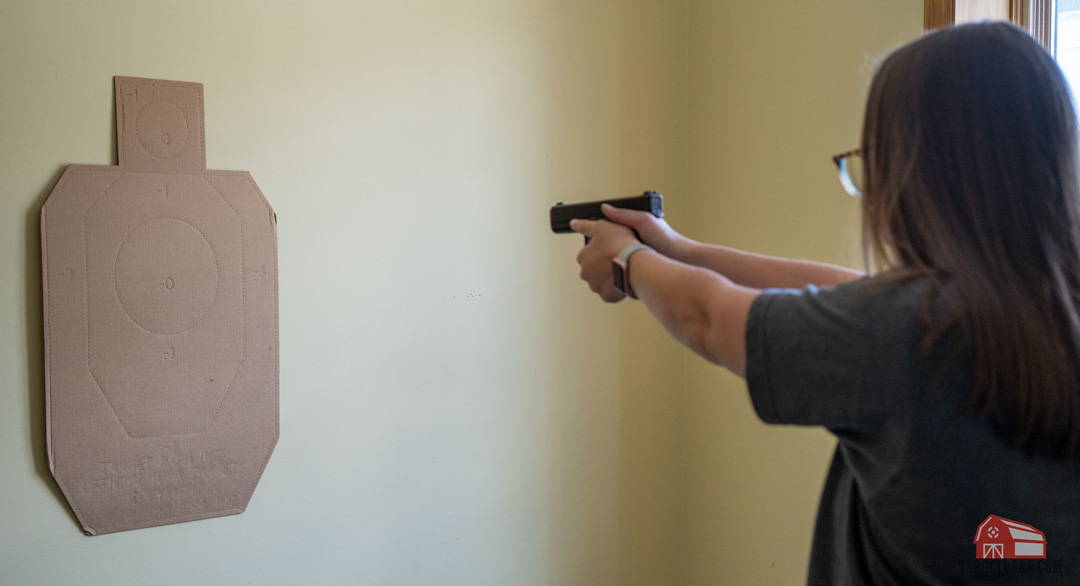
When To Dry Fire
Dry fire can be done anytime, anywhere. However, it's vital to only dry fire when you can focus and concentrate on your shooting. Make sure that you are in a safe environment with no distractions. You also need to ensure that your gun is unloaded and there is no ammo in the room.
The best time to utilize dry fire is right after live-fire exercise. Your muscle memory and movements will be fresh with your mistakes so you can get back on track more quickly than in between sessions without it! We do this by running students through "The Dry Fire Oreo". Dry fire - live fire - dry fire.
Dry fire is an excellent way to diagnose your shooting problem because you'll be able to get into the weeds with it. You can easily see what's going on without actually firing a round, which often helps people identify their issues and find solutions for them!
15 minutes of dry fire daily will make you the best shooter in your troop!
I know it sounds like quite an investment but trusts me when I say that this is all most people need to get off their lazy arses and become productive again. You can do it at any time during or after work - just set aside 15 quiet moments for improving accuracy with grip, stance, and sight manipulation while practicing trigger control (and don't forget about breathing!).
Is dry fire damaging our guns? Would your gun be broken?
A dry fire will not magically turn your gun into dust. The most prevalent myth is that dry firing is terrible for the weapon, which may have some truth; however, there are many other ways you can damage or destroy a firearm without shooting it!
P/s: There are some firearms that you should maybe not dry fire, like rimfire models. With these types of weapons, the firing pin strikes against an exposed primer which can cause danger if done without precautions
Muzzleloading pistols have similar properties because they need energy from shots in order to fire them off - but you're still safe!
There is a chance that your gun will not fire properly when you get a dent in it. If this happens, you may have dents or mushroomed firing pins, but there's still hope for most guns, thanks to Ruger rimfires!
Dry Fire Training
There are a few dry fire drills that you can do to help improve your shooting skills. These drills can be done with or without a target
1. Coin Trick
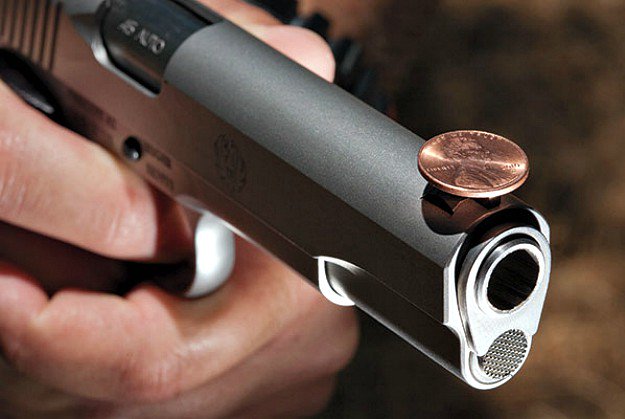
Try this cool little trick to practice your trigger control. All you need is a coin and a gun, but make sure the front sight, of course! Balance it on there for about 10 seconds while taking deep breaths before slowly moving away from that position too quickly, or else the error might cause the quarter to fall off and show us how we're doing wrong in order better understand what needs work - just like getting feedback from an expert marksman would do.
2. Draw
Open or concealed carry is a great way to build your confidence in self-defense. When practicing with increased difficulty, try using holsters and guns for more realistic draws from the holster!
You can start slow without any timers so that you have time to focus on drawing correctly as well as getting target acquisition before speeding things up once proficiency has been achieved
3. Reloads
When you're in a firefight, every second counts, that's why it is vital that your slide must be locked back and loaded with bullets before releasing the trigger on any shots fired from this position - even if only for an instant! Get into a standard stance by having both hands positioned near either side of the weapon at eye level. Make sure there are no empty chambers or reserves ready to go by checking them first and keeping spare magazines handy just in case things get sticky (or lucky).
When you're ready to reload your magazines, take out the spring and follower. This will allow for an easier slide movement taking it back home during the reload
Magazine training is an overlooked but effective way to improve your shooting skills. You can also pick up some nice magazines that match the fit and feel of a loaded magazine!
4. One hand shooting
In an emergency, it's crucial to be able to fire your weapon with one hand. Firing accurately is twice as hard when you only have a handgun, and this skill will come in handy for shooting back or escaping from danger!
Dry firing is a great way to improve your hand-eye coordination. It's simple: practice with one hand and alternate between the two! You can also add transitions while practicing, so it feels less repetitive - which will help you get better faster in this competitive field of work where every second counts
5. Positions
The more positions you can use during training, the better! This will make your game come to life and be much more robust than if it was just being done in one position. Try changing up your shooting drills to make them more exciting and challenging. Kneeling, sitting, or prone position for an added challenge will keep you on the edge of your seat!
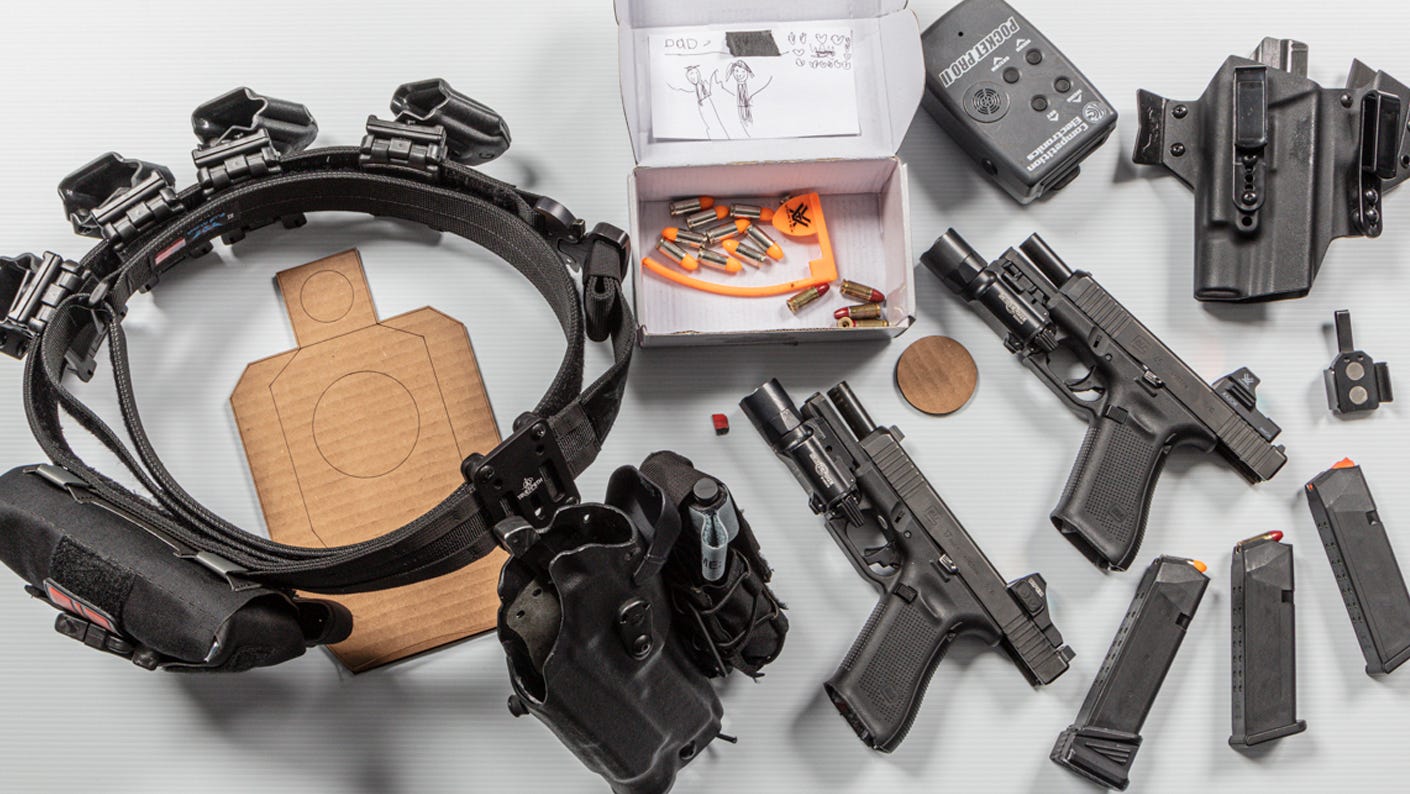
Equip yourself with a plan - a Dry Fire Journal
There are a few ways you can maximize your efficiency with dry fire. One way is to have an organized journal that will allow for the recording of information such as how long the trigger was pulled, which muscle groups were targeted etcetera.
To me, dry fire is pretty the same as working out. If you're going for an effective workout routine and want to make sure that everything goes according to plan, then it pays off in the end with increased results from your hard work! So too can be said about having an organized log book where one entries things such as target time goals achieved on each range visit or training session--this helps keep track not just physically but mentally too since there will always remain some level of self-scrutiny no matter how much experience someone has under their belt.
Spend your time wisely by identifying what skills you want to work on prior. This way, not only will it be easier for yourself, but there is less room in the process because once something becomes obvious or comes up during the conversation, all other topics become irrelevant as they pertain directly to those specific areas instead!
You can build your own dry fire journal to create a training schedule that will make you more efficient and thrive in the field. A day for practice, another devoted solely towards reloads or malfunctions - it's all about planning ahead with this tool!
Journaling is a great way to track your progress and stay motivated! When you're done with the 15 minutes allotted for today, think that's only part of it. You can use this journal later in order to record workouts or post-workout insights, so make sure it has an important place at home by writing down what happened during each session as well as any thoughts on how things went after doing them successfully ̶ whether they were good enough felt like crap, etc., then put those entries away until next week when hopefully we'll get back into our groove again.
I like keeping my journals in the form of written logs so that I have them available no matter where life takes me next - whether on vacation without access to mobile devices (which often means missing deadlines) or running errands around town while juggling kids' schedules all.
Ideas are tricky things. They slip through our fingers and disappear faster than we can say, "keep notes!" so the greatest thing you can do when it comes to firearm training is to write down any ideas/ thoughts that pop into your head – even if they seem silly or unimportant at first glance.
conclusion
Dry fire training is a great way to maintain skills when you can't hit the range or practice otherwise. Dry fires allow aspiring gunners like me some time in their schedule for self-improvement. They're an excellent supplement that will help improve any live ammo drills with increased precision because there's no rusting from lubricant on metal parts!
Dry fire training can be a great supplement or substitute for live-fire exercises, but there are other ways to prepare your mind and body.
Are you having fun reading with Dinosaurized? Here's a little gift for better shopping experience~
Enter this 15% Discount code: "GundiscussionD15" at Checkout now~

